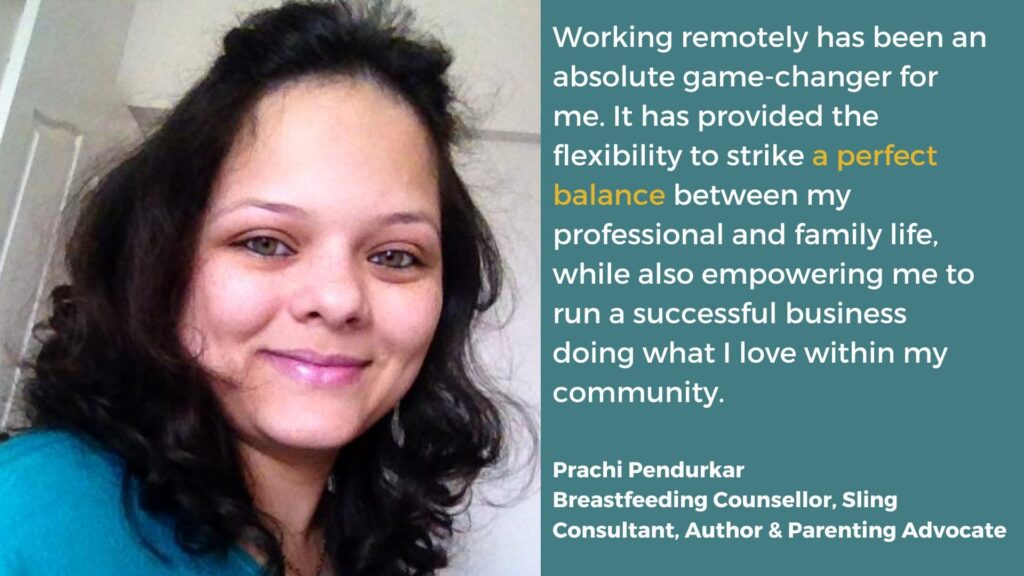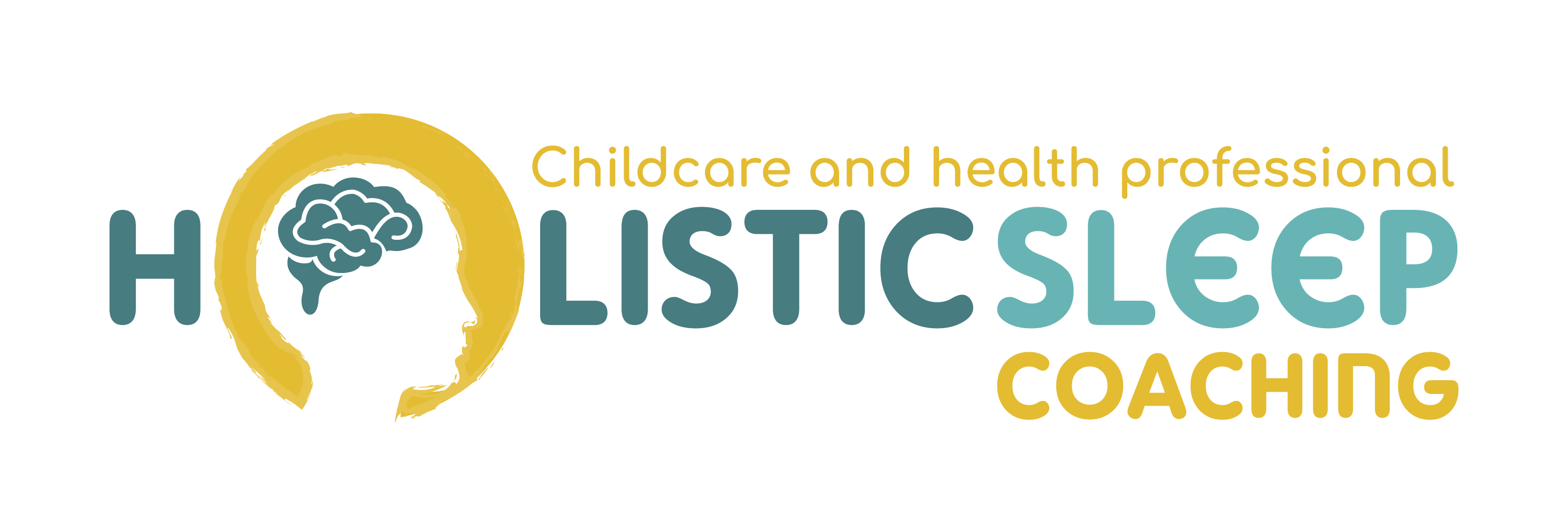23sw1eaTired of not seeing results with your sleep clients? Have you worked with families who can’t seem to make headway? Ever felt like you and your client aren’t on the same page or the plan isn’t gelling?
Do you know that one of the secrets of successful, responsive sleep coaching is flexibility? The way you think about sleep, plan strategies with your clients, and support them through a plan requires individualization, creativity, and flexibility for ultimate success. If you’d love to move away from the restriction of having a handful of off-the-shelf options for families and be the knowledgeable, highly effective sleep coach that you want to be, then stick around because I’ll be explaining why creativity is key, and flexibility is essential for successful sleep coaches.
I’m Lyndsey, and I’ve supported thousands of families over the last 20 years as a pediatric nurse, IBCLC, and sleep coach, I trained over 600 inspiring coaches internationally through our holistic sleep coaching program.
“Despite my experience, I learn something new from every family, every child, and every interaction. This makes sleep work fascinating and fulfilling.” You must approach each scenario with an open mind and fresh ideas. Relying on a few strategies and a rigid roadmap will cause many clients to lose their way.
By the end of this blog, you’ll understand why throwing out the idea of fixed approaches, timescales, routines, and guidelines will ultimately lead you toward more success and more rewarding experiences with happy clients. I’ll walk you through how to develop a flexible, creative approach to sleep support that is respectful and responsive for children and families.
Our holistic approach to sleep uniquely positions parents as the experts on their children and invites them to co-produce their own plans for success. This ultimately leads to more rewarding interactions, as well as greater success.
I spoke to Prachi recently, our first Indian graduate. She’s been applying some real creativity within her community in India, blending her work as a breastfeeding counselor, sling consultant, and holistic sleep coach to meet the specific needs of local families. There is a particular challenge in her community with many parents rejecting culturally normal parenting practices and striving for parenting approaches heavily influenced by Western culture.

So many parents are aiming to prematurely night wean, and abandon bedsharing, and they’re feeling confused and stressed as a result. She told me that she’s able to reach families who increasingly feel the pressure to sleep train by compassionately listening and finding solutions that are culturally sensitive, safe, pragmatic, and effective.
If you prefer a video format, click the video below.
What’s the Issue with Cookie Cutter Strategies?
You might think that having a set of proven strategies for common challenges like early rising, multiple night wakes, or long bedtimes would make things clear. But in my experience, that doesn’t work. Oversimplifying sleep to a handful of strategies like pick up put down, early bedtimes, controlled crying, and dreamfeeds ignores the complexity of sleep. These strategies are not always responsive and may not address the underlying issue. Limiting your tools limits your results.
At the holistic sleep coaching program, we never promote non-responsive strategies such as controlled crying or pick up or put down. We also reject the idea that certain problems require a cookie-cutter solution.
It Starts with REALLY Listening to the Family
Moving away from a handful of sleep strategies means rethinking how we create sleep solutions. It’s about listening to the family’s unique situation and tailoring a plan collaboratively.
Defining sleep problems requires cultural sensitivity. The perception of sleep problems is influenced by cultural and societal norms. What is a disaster for one family may be manageable or normal for another.
This is also true for sleep needs and patterns. In some cultures, a long afternoon nap and a late bedtime are normal. A two-phase sleep at night is normal in many countries. Sharing a bed or a room is normal in numerous parts of the world. Sleeping through the night is defined differently depending on who you speak to. Most sleep research is very white and Western-centric and doesn’t necessarily represent sleep in other racial groups.
Some parents have a greater need for sleep than others. If you need more sleep than average, you will struggle more with sleep deprivation or fragmentation than someone who needs less sleep. These sleep needs are influenced by genetics, habits, lifestyle, health, and whether there is an underlying mental health or sleep pathology.
How to Develop a More Creative and Unique Approach
We always need to start by listening to what parents are saying about their lived experience of sleep problems and parenting. Compare this against sleep biology and developmentally appropriate norms to develop a plan that is achievable, realistic, and sensitive to the needs of the child and the whole family.



Be open-minded. Abandon preconceived ideas about the problem and how you fixed it with the last client. A flexible approach means being open to trying something new, tweaking the plan, and even sometimes doing a U-turn or pressing pause if it doesn’t seem to be working.
For all families, this involves:
- Flexibility
- Bespoke tailoring of solutions
- Thinking outside the box
- Providing families with options based on their unique knowledge of their child
- Regularly checking in to ensure the plan feels sustainable and tracking progress
Working this way requires a commitment to individualizing the approach. It doesn’t mean you’ll never use a familiar technique. It means the solution is about more than the technique, which, let’s face it, people could just google.
What a Creative Approach Looks Like in Practice
If this is new to you, let me give you an example. Imagine working with a family with a frequently waking 1-year-old. Tensions are high and they’re desperate for a sleep solution.
Using a family-centered approach and understanding sleep biology, perform a comprehensive assessment to check for related and underlying factors. Be willing to come up with a creative solution. Design a support package that involves working with the parents on their parenting confidence, co-parenting, and self-care to enable them to be effective co-regulators.
Identify barriers to optimal sleep, such as a bedtime that is too early for the child’s sleep needs. Work on the structure and activity levels during the day.
Discover if the child had a difficult start to life in intensive care and help the family work through whether they need additional psychological support.
Identify if the child is not eating solids and gagging frequently. Support them with appropriate referrals for feeding and health and nutritional input from a dietitian, speech and language therapist, and their doctor.
Alongside all of that, decide what sustainable sleep solutions might be manageable. After discussing a few age-appropriate strategies, agree that habit stacking will be a good option to use in a holding pattern while investigating potential underlying causes. Plan to check in regularly and review everything in a month.
The Difference Between a Creative, Flexible Approach and a Cookie Cutter Approach
There is often no mystery about which sleep solutions work. Tried and tested approaches like habit stacking are gentle, responsive, and effective. However, a cookie-cutter approach might ignore other factors and merely implement habit stacking. A truly creative and comprehensive approach would position habit stacking as almost the last step, not the front and center of the sleep plan.
A flexible approach builds in the normality of checking in with a family and putting them fully in the driving seat. They have the final say on what approach to take and can press pause or back up a step when needed.



This style of sleep work builds parental confidence and autonomy. It increases their self-efficacy so they don’t need to rely on you to plan their next move. The process is interactive and they learn as they go. With this individualized and family-centered way of supporting sleep, the family is more likely to be consistent, follow the plan, and report a positive experience.
Summary and Next Steps
A creative, individualized, and flexible approach that puts parents and families at the center of sleep support strategies is more likely to be successful and lead to mutually rewarding experiences for both sleep coaches and families. If you’re excited about helping families with creative, flexible, and evidence-based sleep support, we’d love to chat with you. The first step is to book a call, where we can explore your goals.

